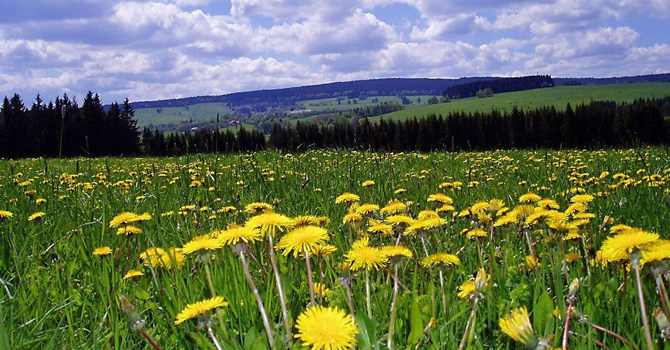Search
How Homegrown Flowers can Help Improve India's GDP!
February 18, 2014

Indian flowers and decorators say, “Lily, anthodium, orchids, zebra and carnations are the most preferred types of imported flowers as these flowers gives an elegant touch.” Imported flowers are costlier and a stem of hydrangea starts from Rs. 600. These imported flowers have such an impact on the Indian market, that when the cost of an orchid goes up, so does the rate of other flowers. More the imports from other countries more the negative impact though indirectly, on the Gross Domestic Product (GDP) of the country. Flowers also are contributors to the total imports of our country.
When we think of orchids there are plenty of orchids of different species in our country but still many other varieties of orchids like Dendrobium Orchids, Slipper Orchids, Boat Orchids, Brassia Orchid, Cattleya Orchid, Encyclia Orchids, Vanilla Orchid, Angraecum orchids, Masdevallia orchids, Maxillaria Orchids, Miltonia orchids, Brassavola Orchids, Odontoglossum Orchids are imported from different countries. Likewise, you will find many different types of orchids—different colors, species and hybrids, miniature and standard-sized, all different genera from different parts of the world. Orchids are capable of growing indoors and outdoors.
So here comes a business opportunity, that is more focused towards floriculture! India accounts for less than one per cent of the global floriculture trade. Government of India has identified floriculture as a sunrise industry and accorded it 100% export-oriented status. Flowers account for 0.0136% of total exports which is about Rs. 8.9 crore rupees of exports and is expected to grow further over the years. Owing to a steady increase in demand for flowers, floriculture has become one of the important Commercial trades in Agriculture. Floriculture in India, is being viewed as a high growth Industry. Commercial floriculture is becoming important from the export angle.

The liberalization of industrial and trade policies paved the way for development of export-oriented production of cut flowers. The new seed policy had already made it feasible to import planting material of international varieties. Indian floriculture industry has been shifting from traditional flowers to cut flowers for export purposes. The liberalized economy has given an impetus to Indian entrepreneurs for establishing export oriented floriculture units under controlled climatic conditions. So why don’t we make more use of these opportunities provided by the government towards increase in floriculture trade!
Instead of just importing orchids or other variety of exotic flowers, we can make use of our technology and parts of our land in cultivating and growing orchids and other flowers by building flora laboratories and plantations where artificial climates can be created to grow different variety of orchids and flowers. The golden rule for orchid success is to duplicate the plant’s natural conditions as closely as possible. Strong light, but not direct late-afternoon sunlight, although Dendrobiums can handle more sun, high humidity, turbulent air flow around the roots, regular periods of drying, alternating with drenching rains, temperatures between 50 degrees and about 85 degrees.
The single most important variable when growing orchids indoors is light. Orchids can be grouped into three temperature categories: cool, warm, and intermediate. Buy a high-low thermometer to measure the temperature range in your orchid location. After that, choosing a suitable orchid is simple. As with light, some orchids easily adapt to more than one temperature range. Most orchids we grow indoors come from the tropics, and most parts of the tropics are much more humid than the average. Orchids grow better if you can boost the humidity in their immediate growing area by grouping your plants together, or placing them on a dry well.
Due to some efforts towards floriculture we can make wide variety of orchids and other flowers available in our country. This will help us to reduce the cost by making exotic expensive flowers available in our country at a low cost and also it will help us to boost our exports of flowers in countries where such variety are not available, we will also be a player in export market of flowers along with other major players. For example, Nepal has to depend on India for 40 percent of the demand for ornamental flowers.


Cut-flowers and ornamental flowers are the two types which are popular in the market. So along with cut flowers and ornamental flowers India can export other variety of flowers to Nepal and other countries where the flowers are in demand. More exports which will lead to positive impact on Gross Domestic Product (GDP) of the country, will help earn foreign exchange and reduce the current account deficit along with creating employment opportunities and scope for research and development in floriculture.
This article has been written by Neha Soni & Vinay Chakraborty, first-year PGDBM students of Thadomal Shahani Centre for Management.



